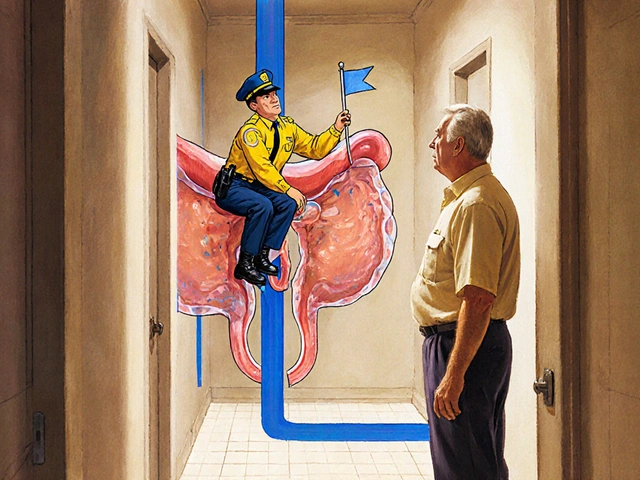Understanding Migraine Symptoms: What to Watch For
Migraines aren’t just bad headaches. They come with a bunch of symptoms that can really throw you off. Figuring out these signs early can help you get relief sooner and avoid making things worse. So, what should you look out for? Common signs include a throbbing or pounding headache usually on one side of your head, sensitivity to light or sound, nausea, and sometimes even changes in vision like spotting flashes or blind spots.
Not everyone gets all symptoms, though. Some might feel tired and confused before the headache even hits, while others notice mood swings or food cravings beforehand. These little warning signs, also called an aura, can show up hours or even a day before your migraine starts. Knowing your patterns here can be a real game changer in managing your triggers and timing your treatment.
Common Migraine Symptoms Explained
Let's break down the key symptoms so you know exactly what’s happening. First, the head pain itself is often described as pulsing and can last anywhere from a few hours to a few days. It’s more than a regular headache — it can be intense and disabling.
Next, sensory sensitivity is a big one. Bright lights, loud noises, or strong smells may suddenly feel unbearable. You might also feel nauseous or even vomit during an attack, making it tough to do everyday activities.
What Should You Do When Symptoms Start?
If you spot these signs coming on, try to get to a quiet, dark room and rest. Hydration helps too. Over-the-counter pain relievers might ease the pain if taken early. Some people find using cold compresses or doing light stretching beneficial.
Tracking your symptoms in a diary or app can help identify triggers like certain foods, stress, lack of sleep, or hormonal changes. Avoiding these triggers is key to reducing how often migraines hit. And if your symptoms suddenly get worse or don’t respond to treatment, see a healthcare professional. They can guide you toward the right meds or therapies to keep migraines under control.
Keep in mind, migraines affect everyone a bit differently. Being aware of your own symptoms and patterns will give you the upper hand in managing them. With the right knowledge and tools, you can reduce their impact on your life and get back to feeling like yourself faster.
Migraine and Chronic Fatigue Syndrome: Getting Real About How They Connect
When migraines and chronic fatigue syndrome collide, the impact goes way beyond headaches and tiredness. This article unpacks how these two conditions often overlap and why it matters for daily life. We’ll break down the science behind their connection and show you how to spot warning signs. From everyday challenges to simple management tips, get a real look at living with both. Walking away with practical ideas is the whole point.
Read





